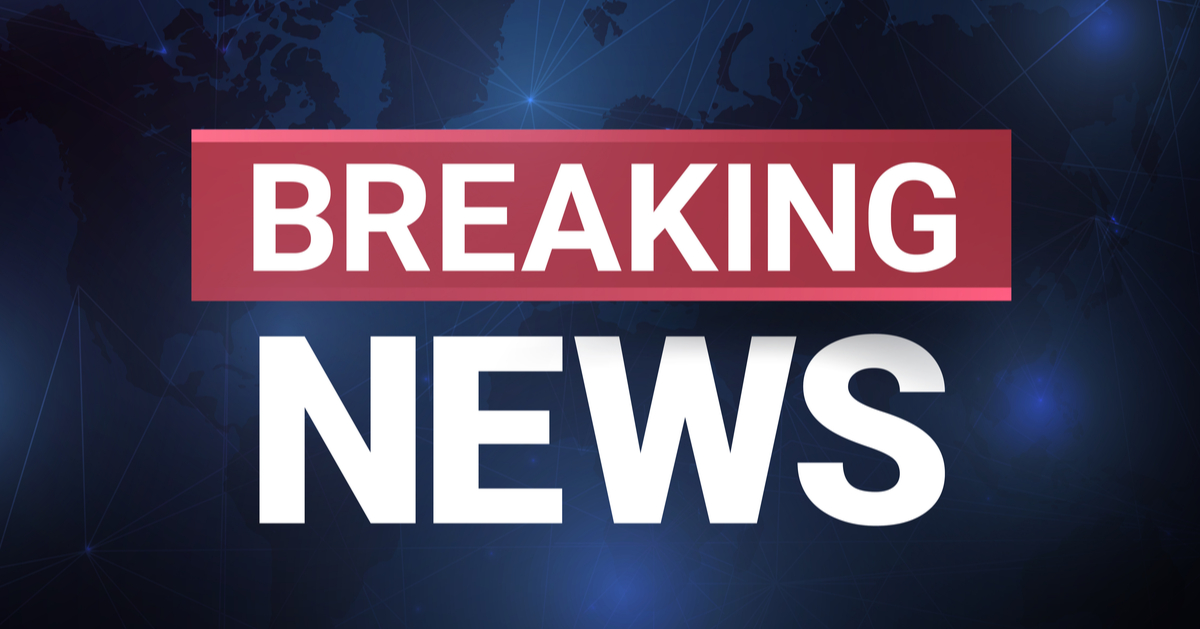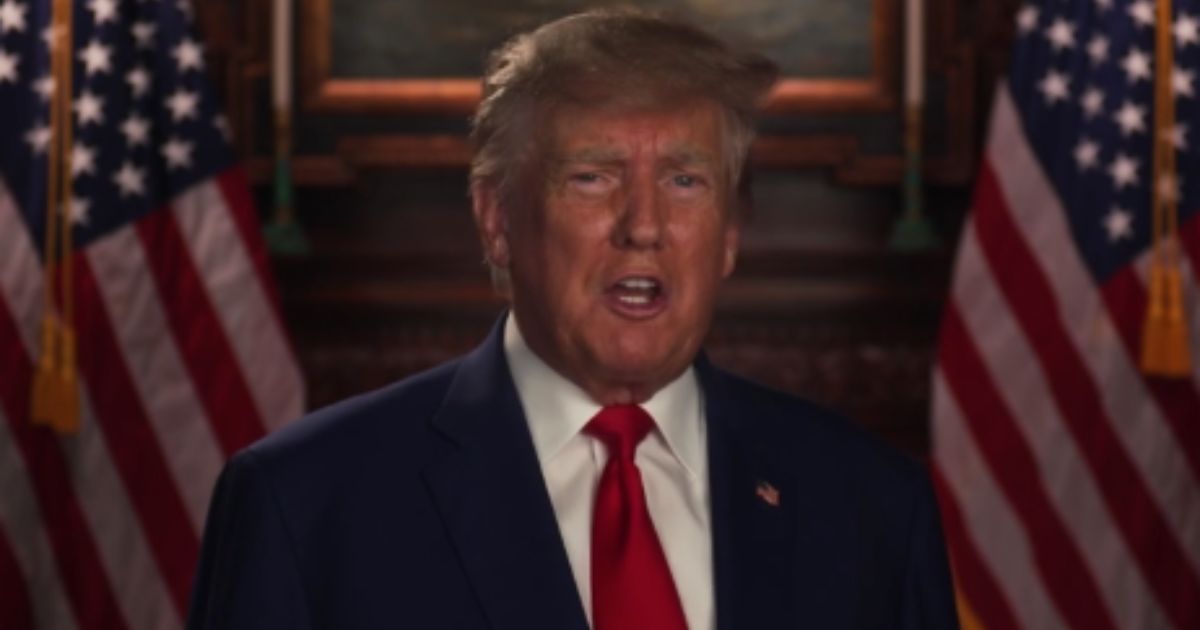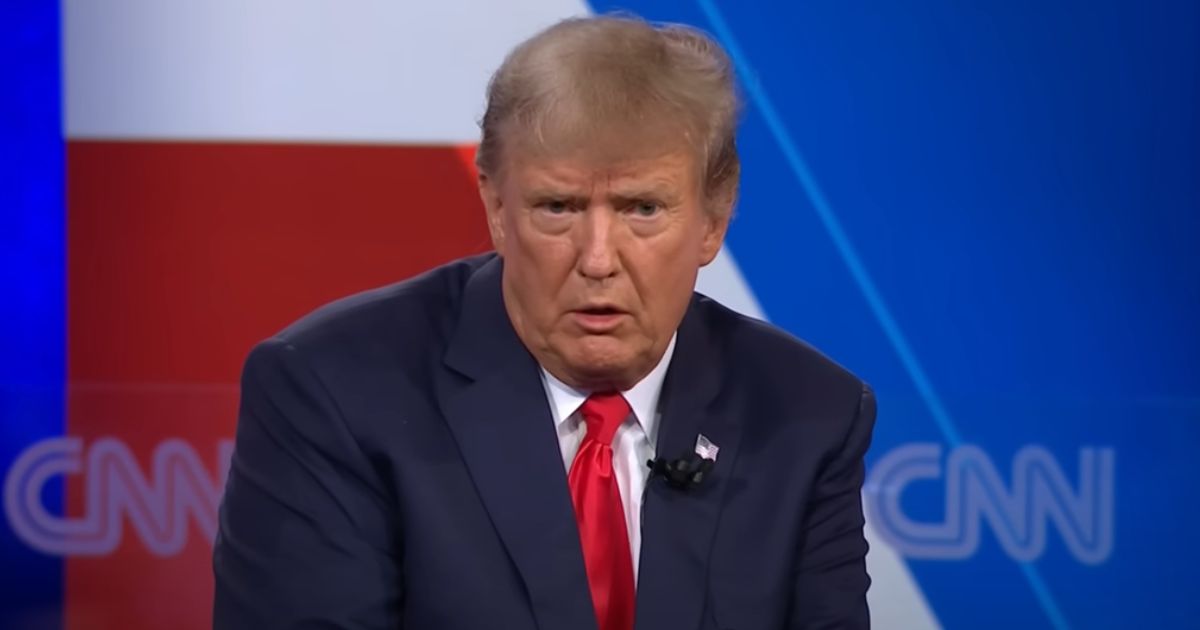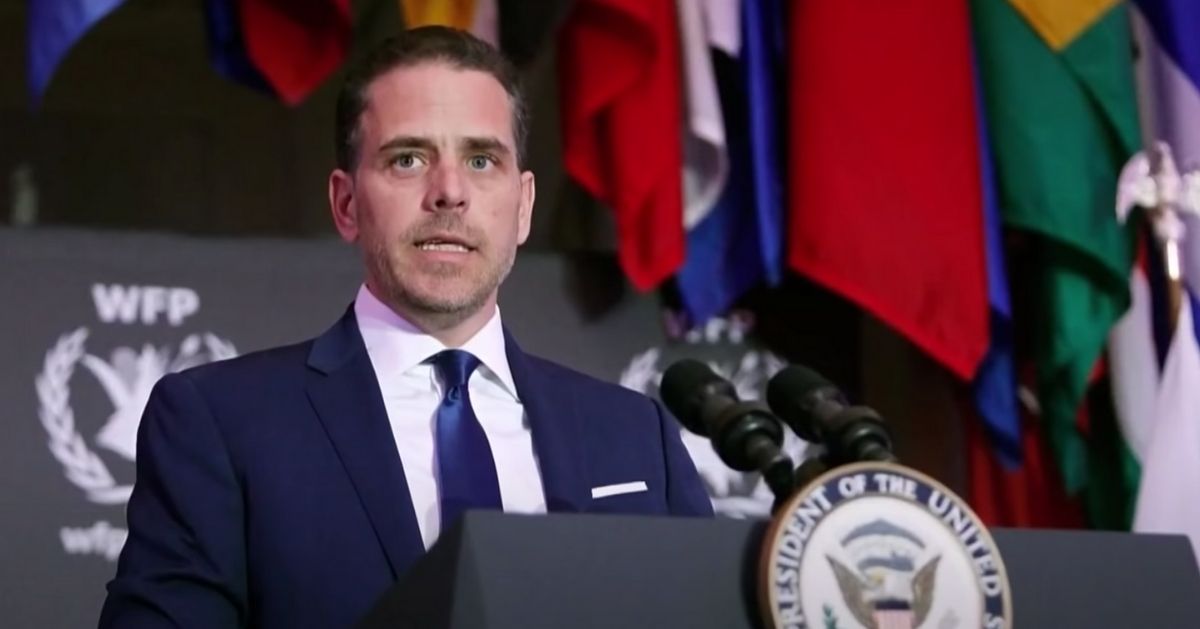Unveiling the staged endorsement of Kamala Harris by the Obamas
According to Daily Mail, the seemingly spontaneous video endorsement was actually a carefully orchestrated production driven by desperate campaign finances and miscommunication between teams.
The revelation comes from journalists Jonathan Allen and Amie Parnes in their upcoming book "Fight: Inside the Wildest Battle for the White House." Their investigation exposes the complex negotiations and financial pressures that led to the creation of the endorsement video, which many online commenters later criticized as "cringe" and "staged."
Campaign Financial Crisis Drives Video Production
Campaign manager Jen O'Malley Dillon faced severe financial challenges when orchestrating the endorsement announcement. The Harris campaign inherited from Biden was struggling so severely that sources expressed concerns about making the August payroll.
This dire situation prompted O'Malley Dillon to seek a cost-effective solution that could potentially generate grassroots donations.
Creating a shareable video clip seemed like an efficient way to maximize the impact of the Obamas' endorsement while minimizing expenses. However, O'Malley Dillon's failure to communicate this strategy to other team members led to confusion and tension between the Harris and Obama camps. The resulting miscommunication created unnecessary complications in what should have been a straightforward endorsement process.
A source close to the campaign provided insight into the situation:
Jen wanted a video because we were hard up for cash. But she didn't tell anybody. She wasn't transparent about it. Logistically, it was a pain in the butt.
Complex Negotiations Between Teams
Harris's team initially pushed back against the video format, questioning why a simple written statement or tweet wouldn't suffice. The situation became more complicated when Obama's team appeared to believe the video concept originated from the Harris campaign. This misunderstanding led to days of negotiations over what should have been a routine political endorsement.
The timing constraints added another layer of complexity to the situation. Harris had to clear her schedule to accommodate the Obamas' availability, while dealing with the additional requirement that only her side would appear on camera.
One aide expressed frustration about the arrangement, noting that Michelle Obama's team cited her not being "camera-ready" as the reason for the audio-only participation.
Strategic Considerations Behind Video Format
The final production required Harris to demonstrate enthusiasm for what many considered an obvious endorsement.
Campaign strategists crafted a script that showed Harris expressing surprise at having both Obamas on the line simultaneously. The carefully choreographed interaction aimed to create an impression of spontaneity while maintaining the appearance of party unity.
The video was filmed on Wednesday, July 24, while Harris was in Indianapolis for an address to the Zeta Phi Beta sorority. Despite the behind-the-scenes tensions, the campaign released the footage that Friday morning, presenting it as a natural interaction between the vice president and the former first couple.
Political Implications of Campaign Strategy
The incident highlights the increasing importance of social media-friendly content in modern political campaigns. Despite the awkward execution, the video strategy aligned with contemporary campaign tactics that prioritize shareable content capable of reaching younger voters and potential donors.
However, the public reaction suggesting the video appeared staged indicates potential risks in over-producing such moments.
The complexity of coordinating between high-profile political figures while managing campaign finances demonstrates the challenges facing modern presidential campaigns. These challenges become particularly acute when campaigns must balance authenticity with the need to generate viral content and maintain party unity.
Behind The Scenes Details Revealed
The endorsement video, filmed just three days after President Biden's exit from the 2024 presidential race, represents a pivotal moment in Harris's campaign.
Campaign manager Jen O'Malley Dillon orchestrated the video format to address severe financial challenges while attempting to generate grassroots donations. The production involved complex negotiations between the Harris and Obama teams, resulting in a carefully scripted interaction that aimed to balance authenticity with political necessity.





